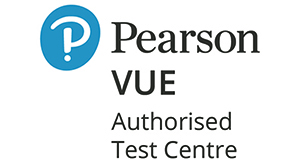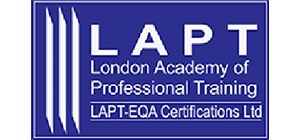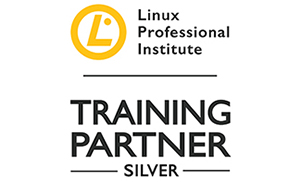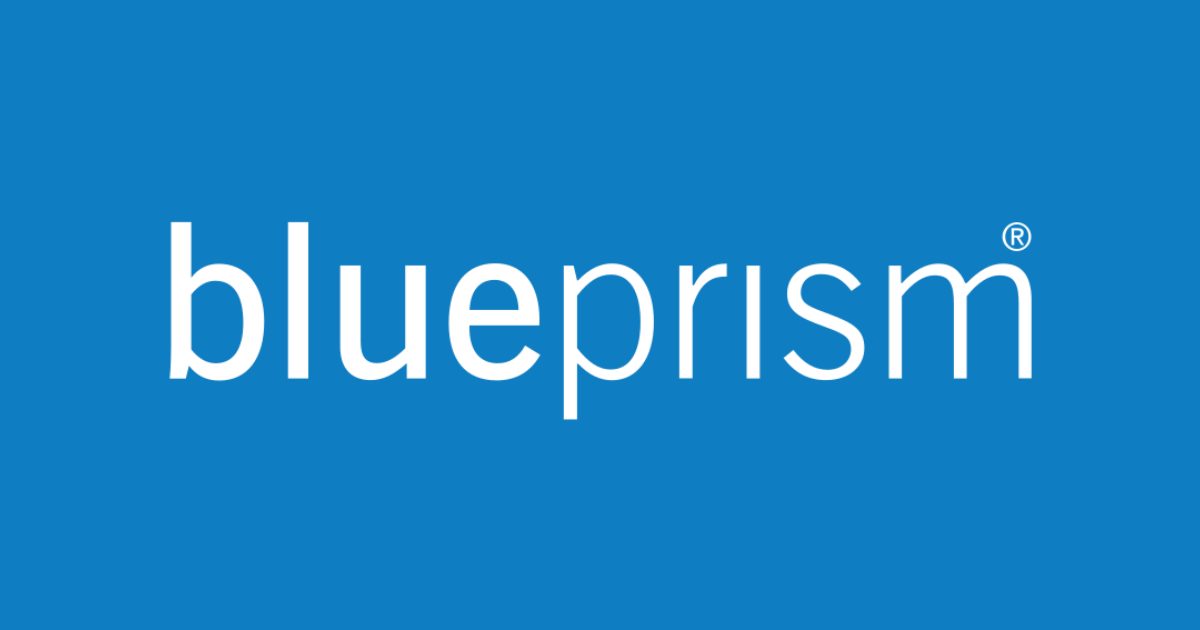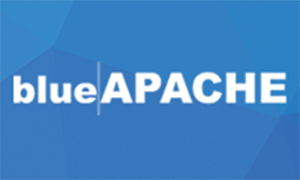F5 201 TMOS Administration Course
F5 201 TMOS Administration Training
The F5 201 TMOS Administration is the second exam and passing 101 and 102 provides the candidate with the F5 Certified BIG-IP Administrator status.
The F5 201 TMOS Administration certification training course is an advanced F5 course that covers intermediate-level knowledge of F5 technologies. The F5 201 TMOS Administration certification training course validates skills in F5 network configuration, troubleshooting fundamental connectivity issues, troubleshooting basic performance issues, administering system configuration, managing existing application delivery services and use of support resources.
F5 201 TMOS Administration certification training course covers access and manages BIG-IP, administration, virtual server, virtual address, nodes, virtual server type, pools and pool members, iRules, NAT, SNAT, HTTP, Client SSL, TCP, Server SSL, UDP, F5 resources and software management functions.
Passing the F5 101 and F5 201 exams certifies you as a BIG-IP Administrator.
Basic understanding of networking, OSI and TCP/IP and attendance of 101 course.
Candidates can achieve this certification by passing the following exam.
- F5 201 TMOS Administration
Logitrain F5 201 – TMOS Administration course material
- Explain the relationship between interfaces, trunks, VLANs, self-IPs, routes and
- their status/statistics
- U/A Determine expected traffic behavior based on configuration
- U/A Identify the reason a virtual server is not working as expected
- U/A Identify the reason a pool is not working as expected
- U/A Determine resource utilization
- R Identify the different virtual server types
- U/A Identify network level performance issues
- U/A Identify the reason load balancing is not working as expected
- U/A Identify and report current device status
- U/A Apply procedural concepts required to manage the state of a high availability pair
- U/A Identify management connectivity configurations
- R List which log files could be used to find events and/or hardware issues
- U/A Apply procedural concepts required to create, manage, and restore a UCS archive
- U/A Apply procedural concepts required to manage software images
- U/A Identify which modules are licensed and/or provisioned
- U/A Explain authentication methods
- U/A Identify configured system services
- U/A Explain config sync
- U/A Apply procedural concepts required to modify and manage virtual servers
- U/A Apply procedural concepts required to modify and manage pools
- R Define characteristics of a support ticket with F5
- U/A Explain the processes of licensing, license reactivation, and license modification
- U/A Apply procedural concepts required to perform an End User Diagnostic
- U/A Apply procedural concepts required to generate a qkview and collect results from iHealth
- U/A Identify which online support resource/tool to use
This course is likely to add to the employment-related skills of the participants. The skills developed are likely to be used in the course of being an employee or working in a business.
- Network Engineers
- Cybersecurity Engineers
- F5 Engineers
- Network Administrators
- IT professionals interested in F5 certifications
- Illustrate the use of a trunk in a BIG-IP solution
- Demonstrate ability to assign VLAN to interface and/or trunk
- Identify, based on traffic, which VLAN/route/egress IP would be used
- Distinguish between tagged vs untagged VLAN
- Compare Interface status (Up/Down)
- Explain the dependencies of interfaces/trunks, vlans, self-IPs
- Identify traffic diverted due to persistence
- Consider the packet and/or virtual server processing order (wildcard vips)
- Identify traffic diverted due to status of traffic objects (vs, pool, pool member)
- Determine the egress source IP based on configuration
- Identify when connection/rate limits are reached
- Identify the current configured state of the virtual server
- Identify the current availability status of the virtual server
- Identify conflicting/misconfigured profiles
- Identify misconfigured IP address and/or Port
- Identify the reason a pool member has been marked down by health monitors
- Identify a pool member not in the active priority group
- Identify the current configured state of the pool/pool member
- Identify the current availability status of the pool/pool member
- Distinguish between control plane and data plane resources
- Identify CPU statistics per virtual server
- Interpret Statistics for interfaces
- Determine Disk utilization and Memory utilization
- Standard, Forwarding, Stateless, Reject
- Performance (Layer 4) and Performance (HTTP)
- Identify when a packet capture is needed within the context of a performance issue
- Interpret availability status of interfaces
- Identify when drops are occurring
- Identify Speed and Duplex
- Distinguish TCP profiles (optimized profiles)
- Consider persistence, priority group activation, rate/connection limits
- Identify misconfigurations (incorrect health checks, action on service down, etc.)
- Identify current availability status
- Interpret high availability and device trust status
- Interpret the LCD panel warning messages
- Use the dashboard to gauge the current running status of the system
- Review the Network Map in order to determine the status of objects
- Interpret current systems status via GUI or TMSH
- Execute force to standby procedure
- Report current active/standby failover state
- Execute force to offline procedure
- Show device trust status
- Identify the configured management-IP address
- Interpret port lockdown settings to Self-IP
- Show remote connectivity to the BIG-IP Management interface
- Explain management IP connectivity issue
- Identify HTTP/SSH access list to management-IP address
- Identify use of /var/log/ltm, var/log/secure, /var/log/audit
- Identify severity log level of an event
- Identify event from a log message
- Execute UCS backup procedure
- Execute UCS restore procedure
- Summarize the use case of a UCS backup
- Explain proper long-term storage of UCS backup file
- Explain the contents of the UCS file (private keys)
- Given an HA pair, describe the appropriate strategy for deploying a new software image
- Perform procedure to upload new software image
- Show currently configured boot location
- Demonstrate creating new volume for software images
- Show provisioned modules
- Report modules which are licensed
- Show resource utilization of provisioned modules
- Report modules which are provisioned but not licensed
- Explain how to create a user
- Explain how to modify user properties
- Explain options for remote authentication provider
- Explain use of groups using remote authentication provider
- Show proper configuration for: DNS, NTP, SNMP, syslog
- Demonstrate config sync procedure
- Report errors which occur during config sync
- Explain when a config sync is necessary
- Show config sync status
- Compare configuration timestamp
- Apply appropriate persistence profile
- Apply appropriate HTTPS encryption profile
- Apply appropriate protocol specific profile
- Identify iApp configured objects
- Report use of iRules
- Show default pool configuration
- Determine configured health monitor
- Determine the load balancing method for a pool
- Determine the active nodes in a priority group configuration
- Determine pool member service port configuration
- Apply appropriate health monitor
- Apply load balancing method for a pool
- Apply pool member service port configuration
- List ways to open support ticket with F5
- List where to open a support ticket with F5
- List severity levels of a support ticket with F5
- List what to include in a support ticket with F5
- Show where to license (activate.F5.com)
- Identify license issues
- Identify Service Check Date (upgrade)
- Understand impact of running EUD
- Understand requirements of EUD
- Understand how to collect EUD output (console/log)
- Identify methods of booting the EUD
- DevCentral
- com
- iHealth
- Support Portal
- Identify methods of running qkview
- Identify method of retrieving qkview
- Understand information contained in qkview
- Identify when appropriate to run qkview
- Understand where to upload qkview (iHealth)

Get a Certificate of Attendance to prove your commitment to learning

We provide personalised learning experience for every student

Course material in digital format is included for flexibility and ease of use

Mock test is included in the full-time courses to assist with your preparation

Our trainers are highly skilled with expertise and extensive hands-on experience

Relax, we will beat competitor’s advertised price in Australia. Our course has no extra costs
| Location | Type | Duration | Price | Dates | |
|---|---|---|---|---|---|
| Location | Type | Duration | Price | Dates |
The supply of this course/package/program is governed by our terms and conditions. Please read them carefully before enrolling, as enrolment is conditional on acceptance of these terms and conditions. Proposed dates are given, courses run subject to availability and minimum registrations.
Find out why we are the leading choice to help boost your career in Australia
| Approachable and knowledgeable; comfortable surroundings. Logitrain does make IT training easier |
I recently followed the ITIL Foundation course at Logitrain. The training, materials and facilities were excellent and I would not hesitate to train with Logitrain again.
Thanks for a great week! Really enjoyed and feel I picked up a lot. Great Trainer! Will definitely look at further studies here.
Well-presented and able to convey immense knowledge to class. All queries were responded to promptly.
Excellent teaching method, easy to understand.
Logitrain provided a valuable insight into ITIL and enabled me to excel and advance my knowledge through a simple and well organised series of sessions.
Great place to study for certification, knowledgeable persons, excellent customer service. Ready to answer queries on the spot, very helpful.
The trainer was very patient and gave everybody the opportunity to participate.
The trainer explained everything very well. Logitrain was very helpful for me in getting a better overall understanding of CCNA. I previously had studied it 2 years earlier but required revision
Over 1000 organisations have relied on Logitrain to be their trusted training partner.

Don’t Wait. Please fill the form now.





